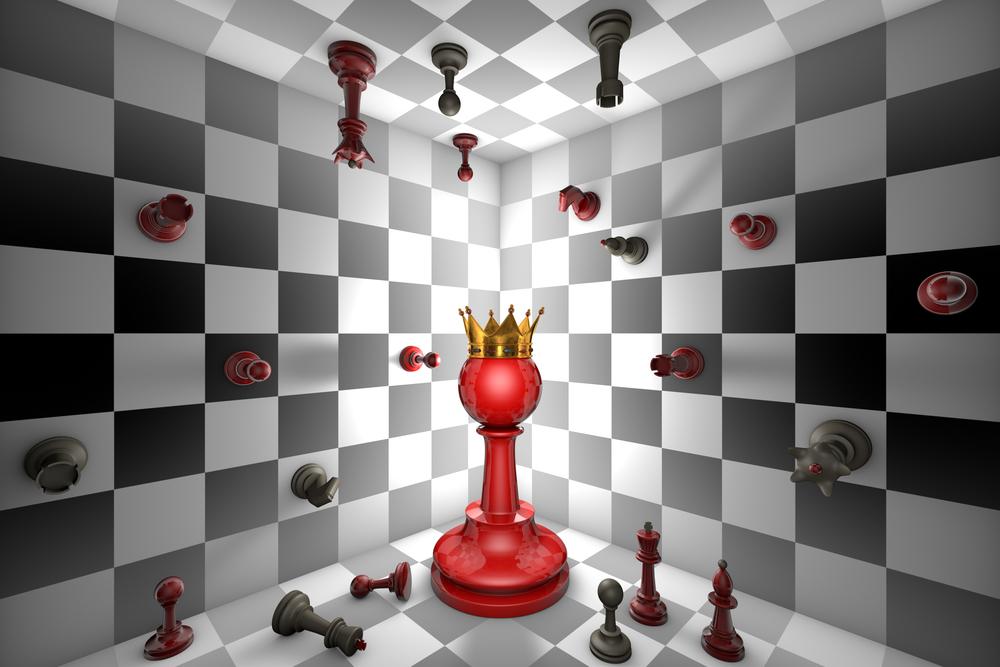
When A Game Is Many Games
The Chess.com member te_amo (from Kolkata, India) asked me to point out his weakness in his games. He said: “I undergo no sort of professional training, and I aspire to be over 2000 someday.”
Mr. te_amo, the fact is that people starting out almost always share the exact same weakness: they hang pieces right and left (and yes, I looked at many of your games and you gave away many pieces, while your opponents did the same), they fall victim to basic tactics, and they have little understanding about positional concepts.
As I said, EVERYONE starts out this way.
Fixing those things takes time and hard work. But doesn’t every endeavour demand those same things? And, unlike someone who is learning the mysteries of mixing concrete, you’ll be playing the world’s best game and having a great time.

In your case I will only go over one game (a game that I felt was by far your most interesting and combative), but that game will offer the readers snapshots showing how “little things” (many different positions with many different themes) can make or break a whole game. This means that, aside from knowing zillions of basic bits of chess knowledge, you also need to retain your concentration since an earlier position might have been good for the opponent but a few moves later it’s good for you, IF you are paying attention!
Here’s a possible line from earlier in the game. White has just taken a piece, though Black will have an attack. What wins, the attack or material?
Let’s now leap further into the actual game, where Black missed a nice possibility:
Back to the actual game:
As you saw, in the actual game Black blundered by 60...g3?? 61.fxg3 Kxg3 with a basic draw since a king and pawn vs. a lone king is a draw if the enemy king is in front of it (or, quite often, to the side of it).
Note that the following position, with Black having THREE extra pawns, is still a draw:
This position is also a draw:
Mr. te_amo, you are at the start of an exciting journey. Chess will offer you new friendships (all over the globe!), thrills and chills, agony from painful losses, and (I hope) a whole new world in the study of chess history and the history of some of your favorite chess heroes. I recommend you look way back to the 1800s and find a few masters from that period whose games make you want to scream in joy. And when you find those chess gods, do yourself a favor and look into their lives.
First though, is the long road of basics: you give away far too many pieces. However, all players do that when they start out, so there is no shame in doing so. Making sure your pieces are protected is stage one, and it will make a HUGE difference in the games you play.
You also need to learn all the basic tactical patterns: back-rank mate, smothered mate, Greco’s mate, pins, skewers, forks, etc. You won’t go anywhere until you learn these, but fortunately they are simple to understand.
There’s a lot to know. So much so that you will be learning new chess ideas and strategies and historic adventures for the rest of your life.
As for your desire to reach 2000 someday, that is a very realistic goal. It will take you quite some time and a lot of work to get there, but it’s there for you to grab if you study hard and play as often as possible (usually it’s best to play people a bit better than yourself, but just a bit!).
Finally, you can find endless material online (Chess.com is a great example) and in chess books. Did you know that more books have been written about chess than all the other games and sports combined? It’s a fact.
I wish you luck and deep pleasure in your chess journey.






